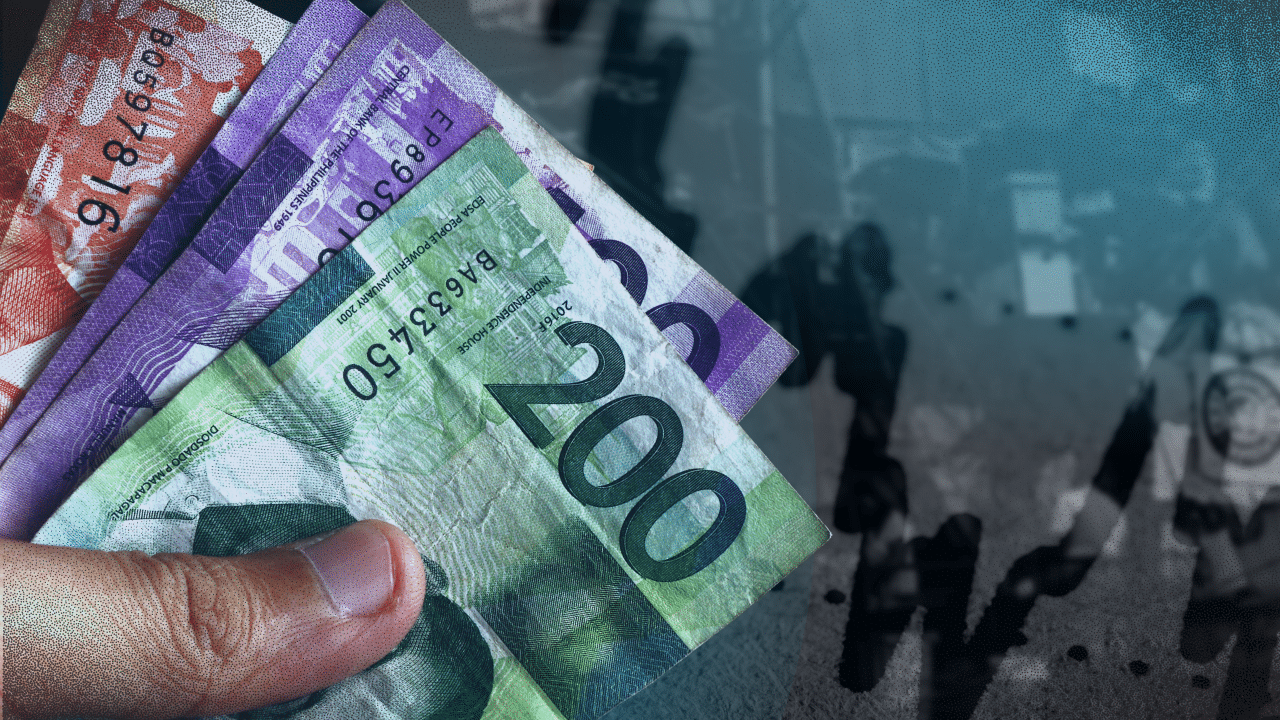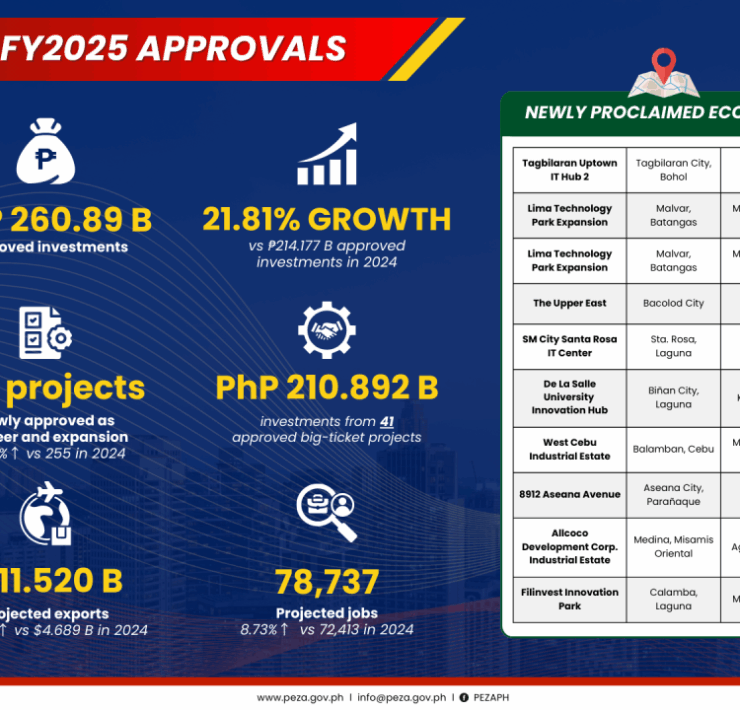Inflation steady at 2.9% in January

Inflation was steady at 2.9 percent in January as a decline in rice prices—a first in more than three years—and slower increase in utility costs curbed typhoon-induced jump in food prices.
Inflation, as measured by the consumer price index (CPI), was unchanged from December’s rate, the Philippine Statistics Authority reported on Wednesday. But the January print was higher than the 2.8 percent median estimate in an Inquirer poll of economists last week.
Nevertheless, the January CPI settled within the 2.5-to-3.5-percent forecast range of the Bangko Sentral ng Pilipinas (BSP). It also marked another month of benign inflation, staying within the 2-to-4-percent target range of the BSP.
Food basket
Broken down, inflation for the heavily weighted food basket sped up to 3.8 percent from 3.4 percent in the preceding month, making it the top contributor to the overall price growth as typhoon-induced supply problems persisted.
The statistics agency reported notable price hikes in tomatoes, which posted an inflation of 155.7 percent, as well as in pork and galunggong (round scad). But those cost spikes had been offset by the 2.3-percent contraction in rice prices, the first such decline since December 2021.
At a press conference, National Statistician Claire Dennis Mapa said the deflation of the staple grain would likely continue until July due to distortions from base effects.
“Any action to reduce the price of rice is always beneficial to our Filipino consumers,” Mapa said.
Other contributors to the stable headline inflation rate last month was the mild 2.2-percent uptick in utility costs and rent, easing from the 2.9-percent price hike in December.
Restaurants and accommodation services also posted a slower price gain of 3.2 percent, from 3.8 percent previously.
“We remain vigilant and proactive in anticipating and addressing future developments, whether upside or downside risks, unforeseen or otherwise,” said Secretary Arsenio Balisacan of the National Economic and Development Authority.
More easing ahead
The BSP said it would maintain a “measured approach” to monetary policy easing to ensure price stability, adding that the rice tariff reduction and negative base effects were expected to support disinflation.
As it is, BSP Governor Eli Remolona Jr. had hinted at another quarter-point cut to the policy rate when the Monetary Board convenes again on Feb. 13.
That would be one of the two 25-basis-point (bp) rate reductions that might happen this year, as the central bank moves to support an economy that grew below target in 2024.
Aris Dacanay, economist at HSBC Global Research, said the rate-cutting cycle would likely remain on track.
“Regardless of the CPI print, we continue to expect the BSP to cut its policy rate next week by 25 bp to 5.5 percent,” Dacanay said. “A rate cut will lend some momentum to domestic demand, with credit growth still well below prepandemic levels.”





















